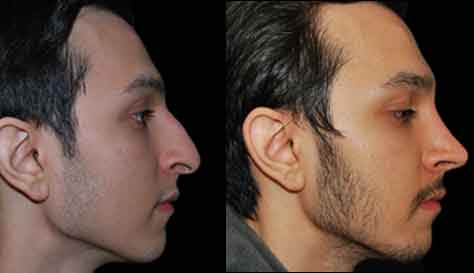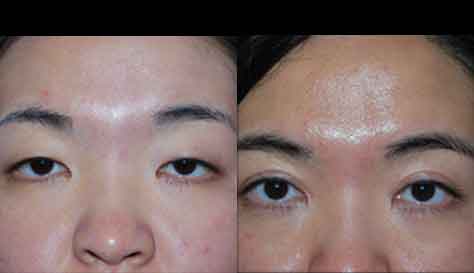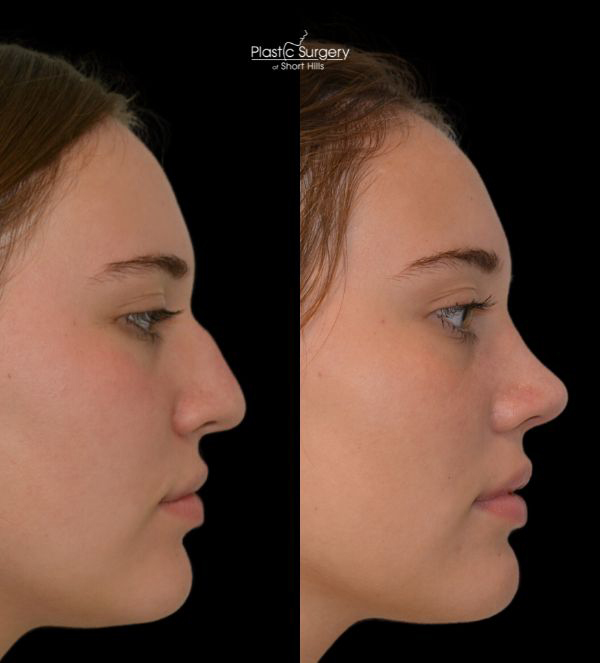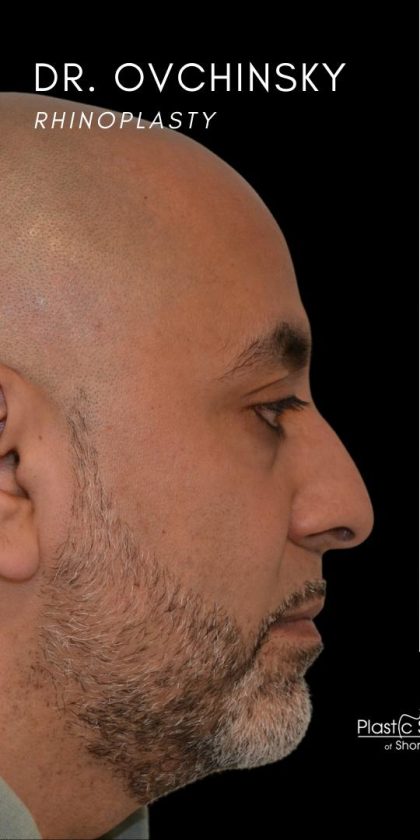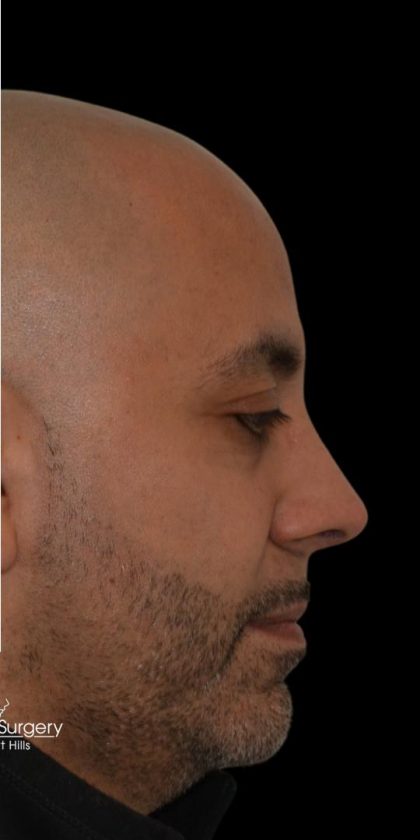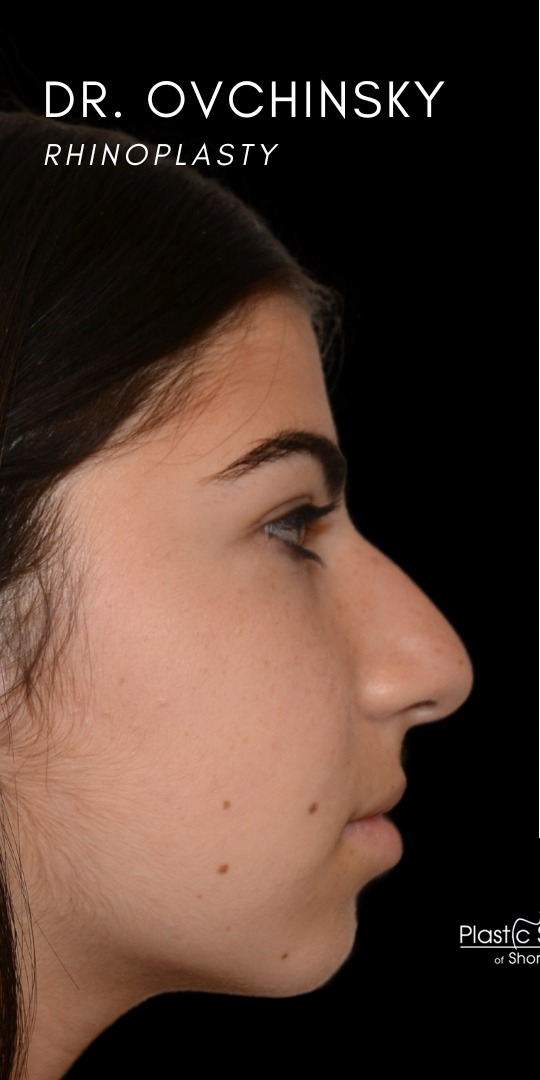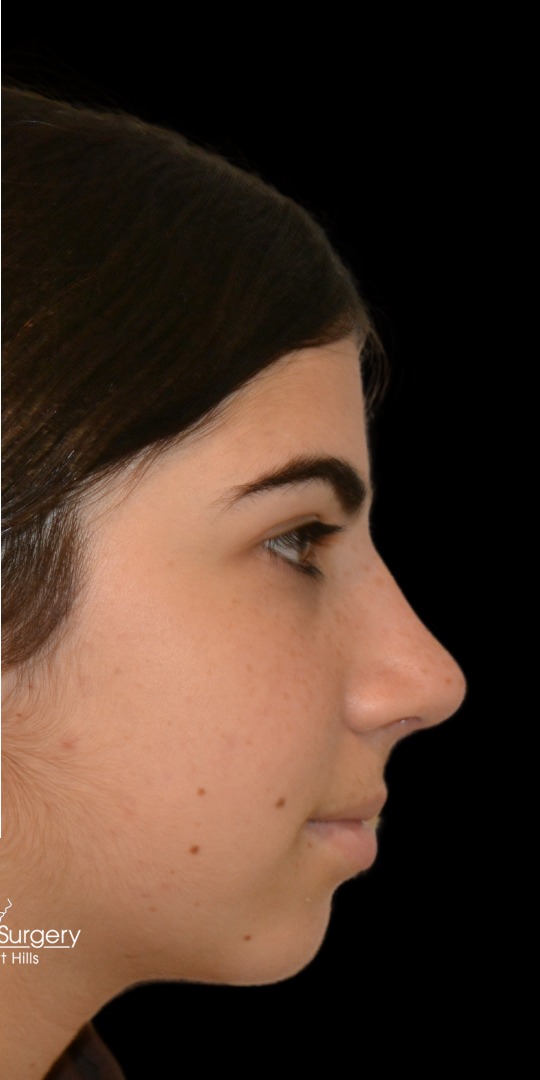Rhinoplasty
Conveniently located to serve the areas of New Jersey and New York
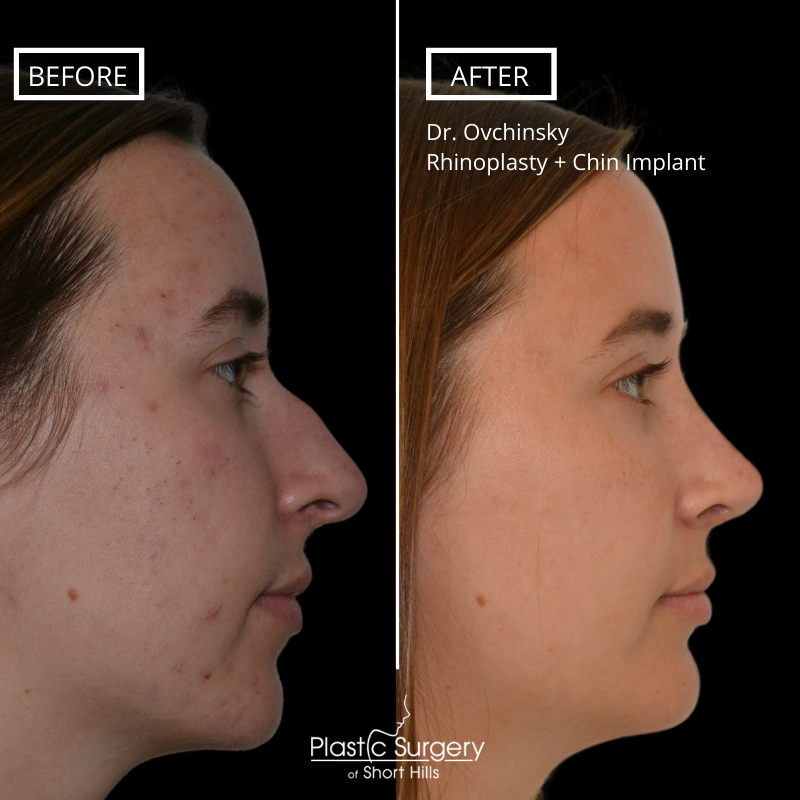
A rhinoplasty, or nose job, is a surgical procedure that is performed to improve nasal aesthetics, function, or both. The human nose is a small yet incredibly complex organ made up of intricate interlocking structures. As a result, any alteration demands deep knowledge of nasal anatomy, meticulous attention to detail and surgical precision. This procedure is one of the most commonly performed surgeries in the United States, with the American Society of Plastic Surgeons and American Society of Facial Plastic and Reconstructive Surgery reporting that over 350,000 rhinoplasties were performed in 2020 alone! However, given the central location of this facial feature, it’s essential to choose a plastic surgeon that specializes in these delicate operations. Rhinoplasties are considered one of the most difficult facial surgeries to perform and have one of the highest rates of revision.(1)

Quite simply, the stakes are high! Dr. Alexander Ovchinsky is widely considered to be one of the best rhinoplasty surgeons in New Jersey and New York. In addition to performing hundreds of these procedures every year, he also makes frequent contributions to medical publications and shares his expertise with residents and fellows as a faculty member at Mount Sinai, NYU and Robert Wood Johnson, one of the leading teaching institutions for this specialty. To experience his dedication to patient care and outstanding results, schedule a personal consultation at Plastic Surgery of Short Hills. You can reach his New Jersey offices by calling (973) 379-0101, his Brooklyn offices by calling (718) 646-1234, or fill out this simple form at your convenience.
View Our ResultsContents [hide]
- 1 Before After Photos
- 2 About
- 3 Benefits of Modern Rhinoplasty
- 4 Candidates
- 5 Personal Consultation
- 6 Preparation
- 7 Procedure
- 8 Recovery
- 9 How Much Does a Rhinoplasty Cost in New Jersey?
- 10 FAQ
- 10.1 What sort of risks or complications can occur with rhinoplasty?
- 10.2 How much time off from work or school will I need after rhinoplasty?
- 10.3 Does insurance cover rhinoplasty surgeries?
- 10.4 How long is the recovery process for a rhinoplasty?
- 10.5 How much does a rhinoplasty surgery cost?
- 10.6 How long does it take to perform a rhinoplasty surgery?
- 10.7 Does a rhinoplasty hurt?
- 10.8 Can you breathe after a rhinoplasty?
- 10.9 Can I shower after a rhinoplasty?
- 10.10 What should I avoid before and after rhinoplasty surgery?
- 10.11 How should I sleep after a rhinoplasty?
- 10.12 What happens if I sneeze after a rhinoplasty?
- 10.13 What’s the difference between surgical and non-surgical rhinoplasties?
- 10.14 Will I be put to sleep for a rhinoplasty?
- 10.15 What should I expect after my rhinoplasty?
- 10.16 When is the cast removed after a rhinoplasty?
- 10.17 When are the sutures removed after a rhinoplasty?
- 10.18 What’s the difference between a revision rhinoplasty and a rhinoplasty?
- 10.19 Why is a revision rhinoplasty more expensive?
- 10.20 What is the minimum age for a rhinoplasty?
- 10.21 How long will the results of a rhinoplasty last?
- 10.22 Will my nose be broken for a rhinoplasty?
- 10.23 Are nostrils made smaller during a rhinoplasty?
- 10.24 How do I know what my nose will look like after a rhinoplasty?
- 10.25 Can I include other surgeries with a rhinoplasty?
- 10.26 How much bruising will I experience after my rhinoplasty?
- 10.27 How can I get rid of rhinoplasty bruising?
- 10.28 Will my nose be packed after a rhinoplasty?
- 10.29 Can smokers get a rhinoplasty?
- 10.30 Will people be able to tell I’ve had a rhinoplasty/nose job?
- 10.31 Will I bleed after a rhinoplasty?
- 11 References
About
Rhinoplasty manipulates bone, cartilage, and soft tissue in a procedure that is carefully customized to meet the patient’s needs, so no two rhinoplasties are the same. Adjusting the bridge, tip, and or nostrils can effectively refine or redefine the way the nose looks, and create better balance, symmetry, and respiratory function.
Rhinoplasty Reveal Video
Types of Rhinoplasty
- Cosmetic rhinoplasty improves the nasal shape to harmonize the proportions of the face.
- Functional rhinoplasty alleviates breathing difficulties, such as airway blockages caused by a deviated septum.
- Reconstructive rhinoplasty rebuilds a nose damaged from injury or corrects a congenitally malformed nose.
- Revision rhinoplasty corrects unwanted results from earlier nasal surgery.
Benefits of Modern Rhinoplasty
Modern understanding of nasal anatomy has allowed surgeons to develop more sophisticated techniques and achieve better outcomes than ever before. The nose contains a complex network of tissues that were still being identified until fairly recently. However, nasal surgeries have been performed for millennia, with the first recorded rhinoplasty detailed on a papyrus dating back to Ancient Egypt!(2)
Nasal Anatomy
Nasal Bones: The top-most part of our nose is formed by two small nasal bones that extend from between our eyes, and connect to the maxilla.
Upper Lateral Cartilage: The upper lateral cartilages form the upper right and left sides of our nose, and have a small layer of overlap with the nasal bones, which forms the dorsum, or bridge of the nose.
Alar Cartilage: Just beneath the lateral cartilage, we find the alar cartilage. These two pieces of cartilage meet in the very center of our nose, where their curved areas called crura form the tip of our nose, and allow it to project outwards.
Septal Cartilage: The septal cartilage bisects the right and left sides of our nose, running down its center, and divides the nasal cavities.
Soft Tissue Envelope: Encasing the bone and cartilaginous structures of the nose is the soft tissue envelope. This is composed of several different layers of muscle, connective tissue, nerves, blood vessels, and skin.
Nasal Mucosa: the thin layer of tissue that covers the inside surface of the nose.
The specific aspects of the nose that are manipulated during a rhinoplasty depend on the patient’s unique anatomy and goals for surgery.(3) This may include reducing the size of the dorsal hump, or bridge of the nose, which is one of the most popular requests. Other patients may be unhappy with the shape of the tip of their nose, and nasal tip surgery, or tip plasty, is performed. This can reduce a bulbous nose, lift up a droopy tip, correct a tip that has become overly pointed or collapsed after previous surgery, or narrow the width of the nostrils.
Every rhinoplasty demands careful consideration on the part of the surgeon, and Dr. Ovchinsky specializes in creating carefully tailored results.
Male Rhinoplasty
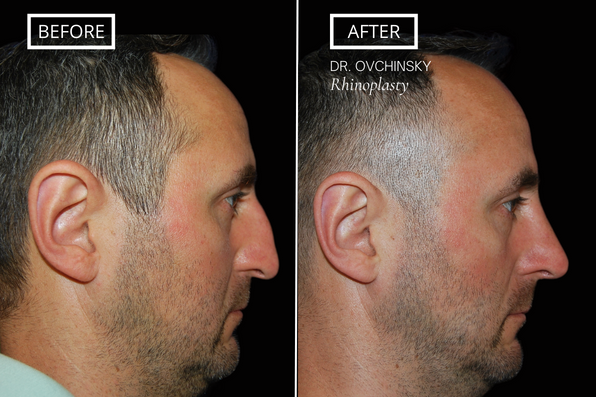
Rhinoplasty is performed on people of all genders, but special attention is required for men desiring this surgery. Dr. Ovchinsky works closely with his male patients to ensure that their nose retains a masculine appearance, and balances well with their other facial features.
Male Rhinoplasty VideoView Our ResultsEthnic Rhinoplasty
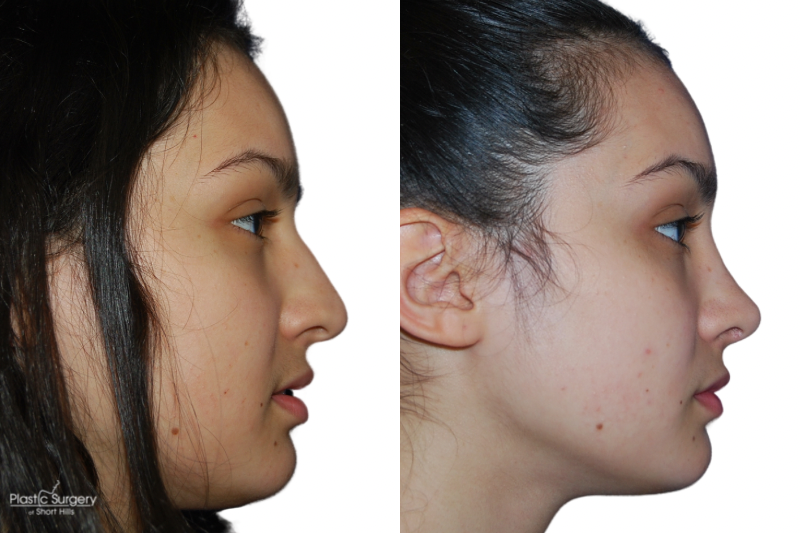
A patient’s ethnicity determines much about the anatomy of their nose, such as the proportions and skin thickness. It’s vital to perform a rhinoplasty that will preserve the unique ethnic attributes so that the patient achieves natural-looking results while still meeting their aesthetic goals. Dr. Ovchinsky specializes in African American, Hispanic, and Asian Rhinoplasties, as well as those required for patients of other specific ethnicities.
View Our ResultsTransgender Rhinoplasty
Transgender Rhinoplasty is often one of the most difficult forms of rhinoplasty to perform because of the inherent differences in male and female nasal structure, and the changes patients desire while transitioning. Dr. Ovchinsky performs facial feminization surgery for trans women, taking care to preserve the structural integrity of the nose and natural-looking proportions while also creating a softer, more refined nasal shape. Trans men often require cartilage grafts or other adjustments to augment the length and angles of the nose for a more rugged, masculine appearance.
Teenage Rhinoplasty
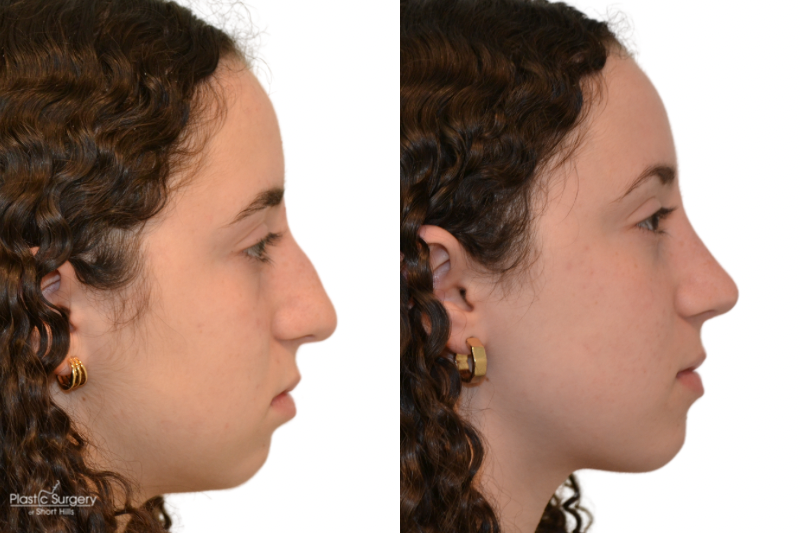
Rhinoplasty can be performed on patients under 18, given that they have parental consent and that their facial features are fully developed. This surgery can give teenagers a much-needed boost of confidence during this difficult stage of life.
Regardless of a patient’s motivations or unique set of circumstances, recent developments in rhinoplasty allow surgeons to preserve the crucial framework that forms the nose. This approach is known as preservation rhinoplasty or structural rhinoplasty. Avoiding over aggressive excision ensures that the results are longer-lasting, and reduces the likelihood of complications.
A more conservative approach also results in less trauma to the nasal tissues, which means patients enjoy less discomfort and a faster healing process after surgery.(4)
Female Rhinoplasty VideoView Our ResultsCandidates
There are many factors that must be considered to determine whether a patient is a good candidate for rhinoplasty. Nasal anatomy, skin type, history of prior nasal surgery, ethnic background, and age will not only influence the surgical approach but have an important impact on the results. The best way to learn more about whether you’d make a good candidate for rhinoplasty is to schedule a personal consultation with Dr. Ovchinsky at Plastic Surgery of Short Hills.
Personal Consultation
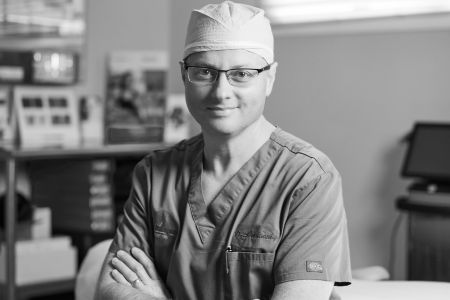
As with any plastic surgery procedure, good communication between the patient and a doctor is an essential part of planning for rhinoplasty. Your initial consultation will be an honest and informative conversation so that you can learn more about the procedure, and Dr. Ovchinsky can get to learn more about your lifestyle, medical condition, functional status of the nose and aesthetic goals.
He’ll take the time to listen carefully to your concerns and desires, not only with respect to what you want to be changed but just as importantly, to what you wish to remain the same! Today, patients have the added benefit of computer imaging. Being able to see what kind of results are possible is an enormous help in the dialogue between you and your surgeon. Dr. Ovchinsky utilizes a digital imaging system to help guide the discussion, and to ensure that you reach a positive, mutual understanding of what your rhinoplasty can achieve.
Preparation
After Dr. Ovchinsky has determined the best approach for your rhinoplasty, he’ll review the details of the surgery and explain the process so that you’ll feel comfortable and excited about moving forward with your procedure. You’ll also be given a detailed list of instructions to ensure that your surgery goes smoothly and that you make a speedy recovery.
Before Your Rhinoplasty
- Quit smoking or using any nicotine product in the weeks leading up to your surgery, and for the duration of your recovery.
- Avoid taking medications that may increase chances of bleeding and bruising at least one week prior to surgery, such as Ibuprofen, Advil, Motrin.
- Arrange a ride home after surgery.
- Prefill prescribed medications so that you have them on hand when you return home. You’ll be prescribed pain medication to manage any discomfort and antibiotics to avoid the risk of infection.
- Make sure that you have soft foods to avoid discomfort from chewing.
- Have comfortable button-down shirts, as you’ll need to avoid pulling tight shirts over your head during the initial phase of your recovery.
Procedure

Rhinoplasty is performed under general anesthesia so that the patient is resting comfortably for the duration of the procedure. The details of your surgical plan will determine the approach and surgical techniques that Dr. Ovchinsky employs during your rhinoplasty.
Dr. Ovchinsky is equally versatile in either the “closed” or “open” rhinoplasty techniques. In the closed technique, all incisions are concealed inside the nostrils. In open rhinoplasty, most of the incisions are also made inside the nostrils except for one small incision over the columella – the narrow strip of the nasal skin at the bottom of the tip. The selection of one approach over another is based on the patient’s nasal anatomy and surgical goals. Dr. Ovchinsky will perform the technique that will allow him to achieve the best possible results.
View Our ResultsRecovery
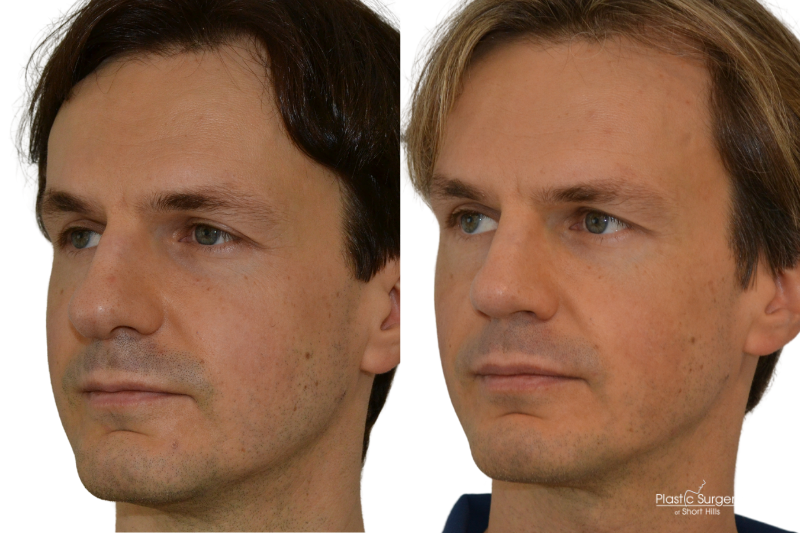
Once the procedure is complete, you will be able to return home. You will need someone to drive you and assist you during the first day of recovery.
After your surgery, your nose will be dressed in bandages and a firm white plastic nasal splint to protect your results. You will need to wear this the first week or so of the recovery period to assist with your healing. Some bloody discharge can also occur for the first few days, but rarely is there any severe bleeding. Bruising and swelling are to be expected and will dissipate over time. Dr. Ovchinsky almost never uses nasal packing after the surgery, which dramatically reduces postoperative discomfort.
Most patients can return to work and a majority of their normal activities after around one week. However, some bruising and swelling may still be visible, which can make some people feel self-conscious, and you may want to adjust your social calendar accordingly. Strenuous activity will need to be avoided for a minimum of four weeks. Though some subtle swelling of the nose can take as much as a year to fully fade out, the majority of swelling will clear up in about two to three weeks.
You’ll return to Dr. Ovchinsky’s office for a follow-up appointment a week after your surgery, which is when the stitches and nasal splint are typically removed. We’ll typically schedule additional follow-ups at one month, three months, six months, and 12 months after the surgery. Of course, all patients are encouraged to call or make an appointment at any time if they have specific problems or concerns as they heal.
View Our ResultsHow Much Does a Rhinoplasty Cost in New Jersey?
Because rhinoplasties are carefully tailored to the patient’s goals and anatomy, the price of a rhinoplasty varies slightly from patient to patient. Following your consultation, you will receive a written quote for the cost of the discussed procedures.
FAQ
What sort of risks or complications can occur with rhinoplasty?
Although not common, some of the potential complications that can occur with rhinoplasty are as follows: bleeding, infection, adverse anesthesia reactions, septal perforation or hematoma, persistent or worsened cosmetic problem or nasal obstruction, poor scarring, and the need for additional surgery. Dr. Ovchinsky will oversee your care until complete healing has occurred and satisfactory, realistic results have been obtained.
How much time off from work or school will I need after rhinoplasty?
Most rhinoplasty patients find that they can return to work or school in about one week. Those who don’t mind wearing a nasal splint in public and don’t do any physical work may return sooner. Patients should avoid strenuous activities for about three weeks and should avoid contact sports and potential trauma to the nose for at least two months.
Does insurance cover rhinoplasty surgeries?
While the majority of rhinoplasty surgeries are considered cosmetic and not covered by insurance, there are certain functional components of rhinoplasty surgery related to breathing improvement that insurance may cover.
How long is the recovery process for a rhinoplasty?
Social downtime after a rhinoplasty is about one week. You should be able to return to routine activities once the cast has been removed and the sutures come out. However, the full recovery takes around a year.
How much does a rhinoplasty surgery cost?
The cost of a rhinoplasty may vary significantly based on the complexity of the surgery, the geographic location, the surgeon performing it, the surgeon’s expertise, and whether it’s a primary or revision rhinoplasty.
How long does it take to perform a rhinoplasty surgery?
On average rhinoplasty surgery takes between 2 and 2 ½ hours. However, revision rhinoplasties take 3 to 3 ½ hours depending on complexity.
Does a rhinoplasty hurt?
Surprisingly, most patients don’t complain about a lot of pain after rhinoplasty surgery. The discomfort is typically due to nasal congestion, nasal and sinus pressure, and occasional headaches.
Can you breathe after a rhinoplasty?
You will be unable to breathe out of your nose for up to a week after rhinoplasty surgery due to congestion.
Can I shower after a rhinoplasty?
It’s very important to never get your nose cast wet, so until it is removed, you can shower from your shoulders down.
What should I avoid before and after rhinoplasty surgery?
You should quit smoking 2 weeks prior to surgery, limit your caffeine intake, and stop taking over the counter vitamins and supplements until 1 week pre-op as they may have blood thinning qualities. If you are taking prescription medications that thin your blood, you need to discuss them with your surgeon and your primary care doctor – as you may need to stop them before your surgery. Acutane, a common acne medication, needs to be stopped for as long as 6 months prior to surgery.
How should I sleep after a rhinoplasty?
You should sleep on your back with your head elevated to decrease swelling and avoid unnecessary pressure on the nose.
What happens if I sneeze after a rhinoplasty?
You can’t control your sneezing, so it’s okay if you do – but opening your mouth as you sneeze will decrease air pressure going through your nose.
What’s the difference between surgical and non-surgical rhinoplasties?
A non-surgical rhinoplasty is an improvement of the shape of the nose by using filler. The most common improvements are camouflaging the dorsal hump and improving the shape of the nasal tip. The results are non-permanent as, in most cases, non-permanent filler is used for the procedure. It is a quick, in-office procedure. Non-surgical rhinoplasty can not make the nose smaller, although it sometimes may appear that way. It also cannot improve any breathing problems. A rhinoplasty is a surgical procedure that can completely change the shape of the nose, make it bigger or smaller, address breathing problems, and have very long-lasting results.
Will I be put to sleep for a rhinoplasty?
Rhinoplasties are typically performed under general anesthesia, so you will be fully asleep for the process.
What should I expect after my rhinoplasty?
You will have a firm plastic on top of your nose, and most likely fine sutures underneath the tip of the nose. Most patients have bruising around the eyes and facial swelling which commonly is at its worst the first two days and gradually subsides. There should not be an extreme amount of pain, and you’ll likely have pain medications prescribed to you in the scenario you have any at all. Your nose will most likely be fully clogged, so you won’t be able to breathe through it until around one week post-op, which can cause difficulty sleeping for some patients. It’s also not uncommon to feel a sensation of pressure in the nose or to have occasional headaches.
When is the cast removed after a rhinoplasty?
The cast is removed one week post-op.
When are the sutures removed after a rhinoplasty?
The sutures are removed one week post-op.
What’s the difference between a revision rhinoplasty and a rhinoplasty?
A revision rhinoplasty is a more complex surgery due to the fact that the nasal anatomy has been altered during the primary rhinoplasty. It’s not uncommon to see a lot of scar tissue, and the surgery frequently involves the use of cartilage grafts from either the rib or the ear to help restore nasal anatomy and function. It usually requires more experience and surgical time to perform a revision rhinoplasty.
Why is a revision rhinoplasty more expensive?
A revision rhinoplasty costs more because it’s a far more complicated surgery which commonly requires more surgical time and a more experienced surgeon with specific expertise to perform it.
What is the minimum age for a rhinoplasty?
The accepted minimum age for a rhinoplasty is 15 in girls and 16 in boys. At that time, the nose has finished its development – so it’s safe to perform corrective surgery.
How long will the results of a rhinoplasty last?
Technically, rhinoplasties are permanent. However, our noses change over time with or without a rhinoplasty – so you should still expect gradual changes to the shape of your nose over time.
Will my nose be broken for a rhinoplasty?
Most commonly, yes. Osteotomies are a routine part of most rhinoplasty surgeries. In some instances, it’s possible to not break the nose; but that depends on the individual’s anatomy and surgical goals.
Are nostrils made smaller during a rhinoplasty?
Narrowing the nostrils, or alar base reduction, is a frequent component of rhinoplasty surgery. It involves making small incisions in the creases underneath the nostrils which are closed with fine sutures. The sutures are removed at the same time as the splint, and the scars usually become inconspicuous once they’re fully healed.
How do I know what my nose will look like after a rhinoplasty?
Most surgeons utilize morphing software to show the patients the proposed result of the rhinoplasty surgery. Patients should know this is not a guarantee of the final result, it’s just to make sure the doctor and patient are on the same page with their surgical goals.
Can I include other surgeries with a rhinoplasty?
Yes, it’s common to combine a rhinoplasty with other surgical procedures. One of the most common surgical procedures that is combined with a rhinoplasty is chin augmentation, as the chin balances the nose.
How much bruising will I experience after my rhinoplasty?
The amount of bruising may vary, however most patients will experience at least some bruising. It should subside within two weeks post-op.
How can I get rid of rhinoplasty bruising?
The best way to get rid of bruising is time. Arnica products, whether topical or oral, can lessen the appearance of bruising and speed up the healing process.
Will my nose be packed after a rhinoplasty?
Whether or not your nose will be packed after surgery mainly depends on your surgeon’s preferences. Many surgeons don’t use packing at all after a rhinoplasty.
Can smokers get a rhinoplasty?
Yes, but it’s recommended to quit smoking two weeks prior to surgery to help the healing process.
Will people be able to tell I’ve had a rhinoplasty/nose job?
The key to a successful rhinoplasty is to have a natural result without any tell-tale signs of surgery. Most often, people in your life can see something has changed, but can’t pinpoint exactly what.
Will I bleed after a rhinoplasty?
Bloody nasal discharge is expected for the first few days after a rhinoplasty, however severe bleeding is very uncommon.
References
- Bussi, M., Palonta, F., & Toma, S. (2013). Grafting in revision rhinoplasty. Acta Otorhinolaryngologica Italica, 33(3), 183–189. https://www.ncbi.nlm.nih.gov/pmc/articles/PMC3709529/
- Bagheri, S. C. (2012). Rhinoplasty: current therapy (1st ed., Vol. 24). Saunders.
- Anderson, K. J., Henneberg, M., & Norris, R. M. (2008). Anatomy of the nasal profile. Journal of Anatomy, 213(2), 210–216. https://doi.org/10.1111/j.1469-7580.2008.00924.x
- Daniel, R.K. (2018). The Preservation Rhinoplasty: A New Rhinoplasty Revolution, Aesthetic Surgery Journal, 38(2). 228–229, https://doi.org/10.1093/asj/sjx258
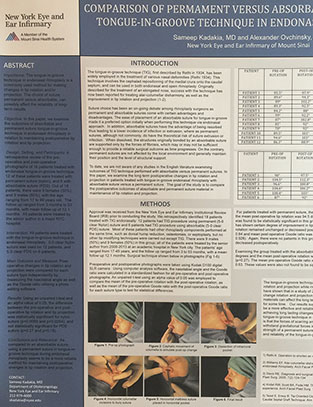
Dr. Ovchinsky’s research work on rhinoplasty techniques was presented at the Annual Meeting of the American Academy of Facial Plastic and Reconstructive Surgery in Dallas, TX, October 2015
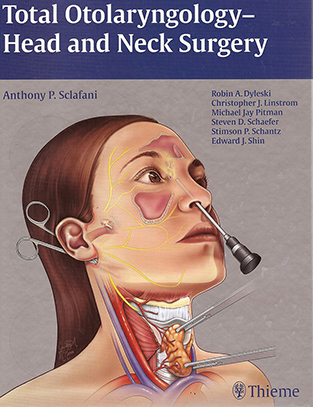
Dr. Ovchinsky’s Recent Book Chapter on Revision Rhinoplasty
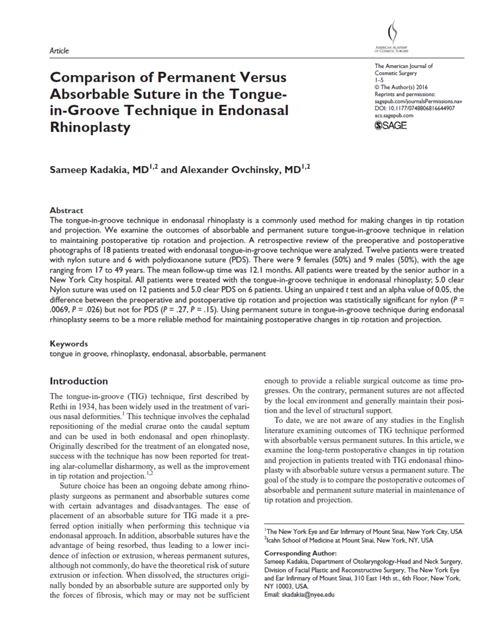
Comparison of Permanent Versus Absorbable Suture in the Tonguein- Groove Technique in Endonasal Rhinoplasty

